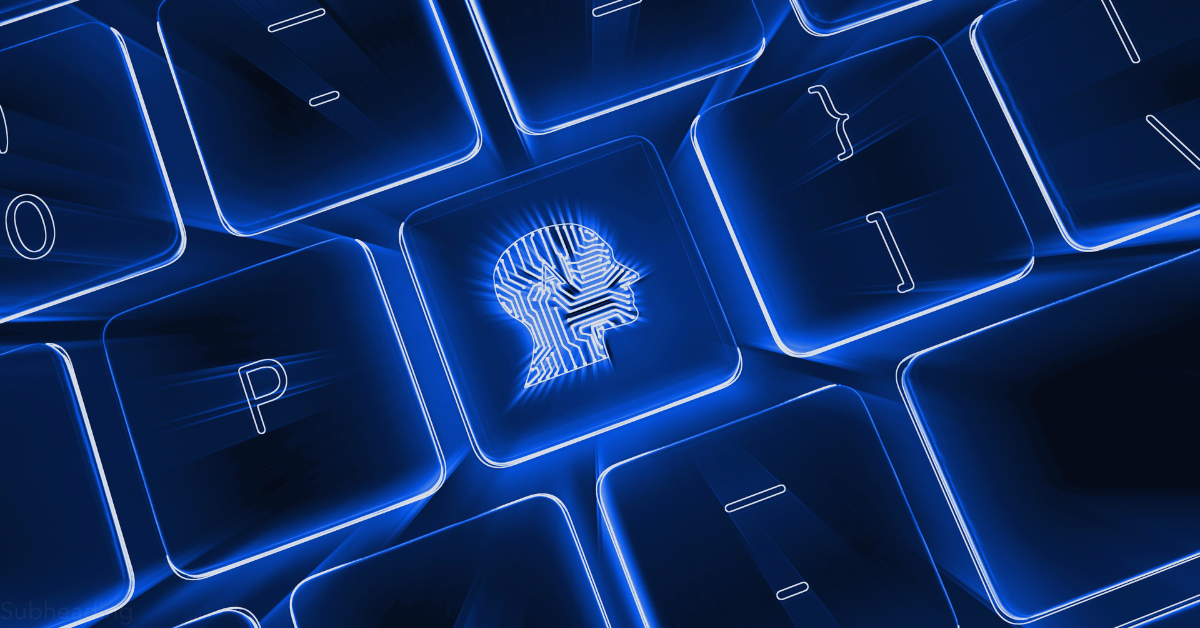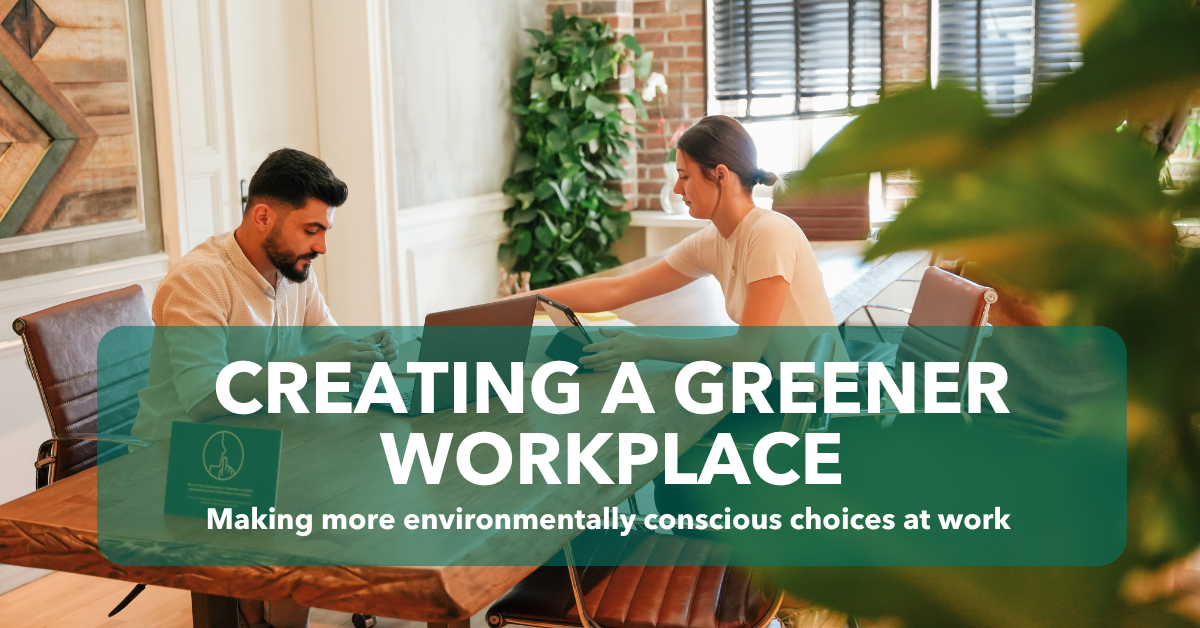
Addressing Systemic Diversity Challenges Within Your Organization: From the perspective of an I/O Psychologist

Author: Justin M. Deonarine
In a 2020 interview, I was asked why organizations falter when trying to incorporate diversity efforts. “Diversity is not a marketing tool. You need to be ready to walk the walk. You have to acknowledge that it’s going to be a transition, not an instant return. Otherwise, the initiative will fail and diversity will be treated as a ‘fad’. And this would be a tragedy, because diversity efforts can bring so much good to both your company and the world.”
Research consistently shows that a focus on diversity provides organizations with meaningful benefits based on multiple metrics. Some of the common findings include:
- Higher earnings.
- Better average growth.
- Greater innovation through diverse viewpoints.
- Better decision-making.
- Higher returns on equity.
- Attracting a greater variety of talent.
Additionally, a 2020 study from Psychometrics Canada also indicates that the majority of leaders recognize these benefits and encourage diversity in their organizations 1 .
Despite their best intentions and efforts, organizations can still struggle to implement effective and meaningful diversity policies. Why? Organizations typically pursue diversity in areas such as age, gender and ethnicity. These traits are tangible, in the way that they are visible. However, do they always provide the greatest returns for a diversity program? Sometimes, the benefits are driven by intangible factors 2 , such as variety of experience and different perspectives.
This is where the “Like Me Bias” becomes a challenge. We gravitate or seek out people who are most like us. Those who think and feel the same way that they do, and share a common sense of purpose or direction. Groups with homogenous members make decisions quicker, agree more and feel more confident in their decisions. It’s easy to understand why we gravitate towards those like us: We find familiarity comforting.
However, this is also the challenge of focusing on tangible traits. The Like Me Bias isn’t limited to age, gender and ethnicity. Those with different backgrounds can share the intangibles. This bias appears the most when decisions are made based on subjective criteria, which are heavily influenced by our experience and perspectives. The key to improving diversity efforts is to harness both objective information and different perspectives when making decisions.
The Like Me Bias has many impacts during the recruitment cycle. It influences which candidates we gravitate towards and, ultimately, hire. This makes the selection process a great place to start implementing objective diversity efforts.
- Adopting “Blind Hiring Panels”: When reviewing applications, improve objectivity by removing identifying information about a candidate that could be used in a subjective manner, even if we don’t intend to do so. This includes their name, gender, age, where their education is from, and any hobbies or interests that they may provide. Additionally, have more than one person review the applications of the top candidates, in order to bring different perspectives to the table. As an example, consider the changes that the Toronto Symphony Orchestra made in the 1980s 3 . Since that time, their team has become much more diverse than it was in the past.
- Using psychometric assessments: Beyond the initial application, many organizations use reliable and valid psychometric assessments to gain unbiased insights into candidates. This data allows hiring teams to make more objective and informed decisions when choosing between potential candidates. Additionally, these assessments often help when constructing effective on-boarding programs for new hires.
- Include external consultants for critical roles: Consider reaching out to consultants who are knowledgeable about finding the right candidate for the role. These individuals can help hiring teams determine or refine the qualities that they should be seeking in candidates. This outside perspective is even more valuable when the consultant is able to effectively challenge the biases that the hiring team may hold.
I am often asked if my advice above has changed due to the new structure of the working world, with remote and hybrid roles becoming more common. In short: No, it hasn’t. The benefits of harnessing diversity haven’t changed. However, more organizations are realizing the need for it, which is a change for the better.
About the Author
Justin M. Deonarine is an Industrial/Organizational Psychologist with Psychometrics Canada . He specializes in the application of data-driven decision-making to areas such as selection, leadership and corporate culture. He has worked with organizations around the world, from local non-profits to multinational corporations. Justin enjoys sharing his experience and knowledge with others, having published articles about leadership, corporate culture, diversity, innovation and entrepreneurship for a variety of business and HR resources.
References:
1. https://www.cphrab.ca/diversity-canadian-workplaces-where-we-are-and-what-we-need-do
3. https://www.cbc.ca/news/business/blind-recruitment-marketplace-1.3462061
The views and opinions expressed in this blog post belong solely to the original author(s) and do not necessarily represent the views and opinions of CPHR Alberta.
The views and opinions expressed in this blog post belong solely to the original author(s) and do not necessarily represent the views and opinions of CPHR Alberta.





